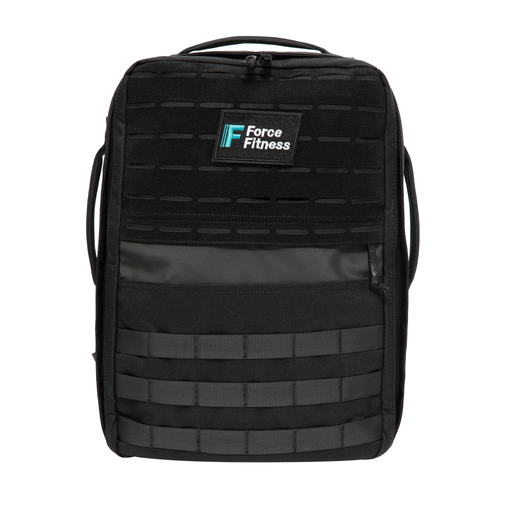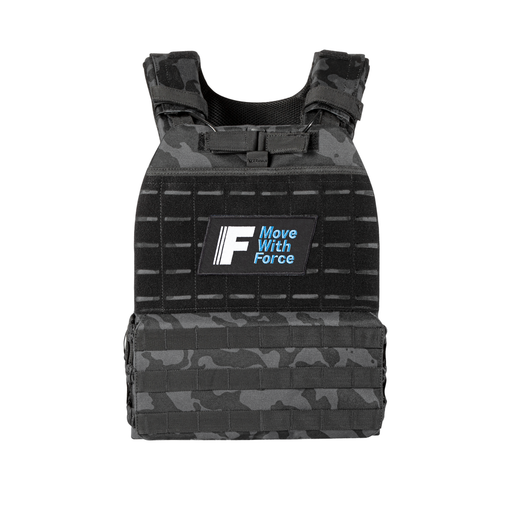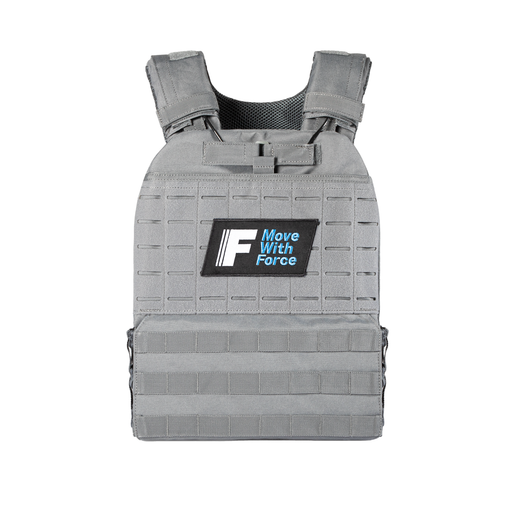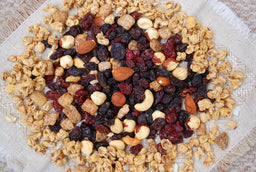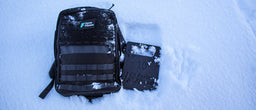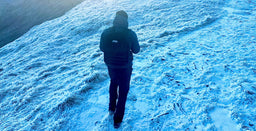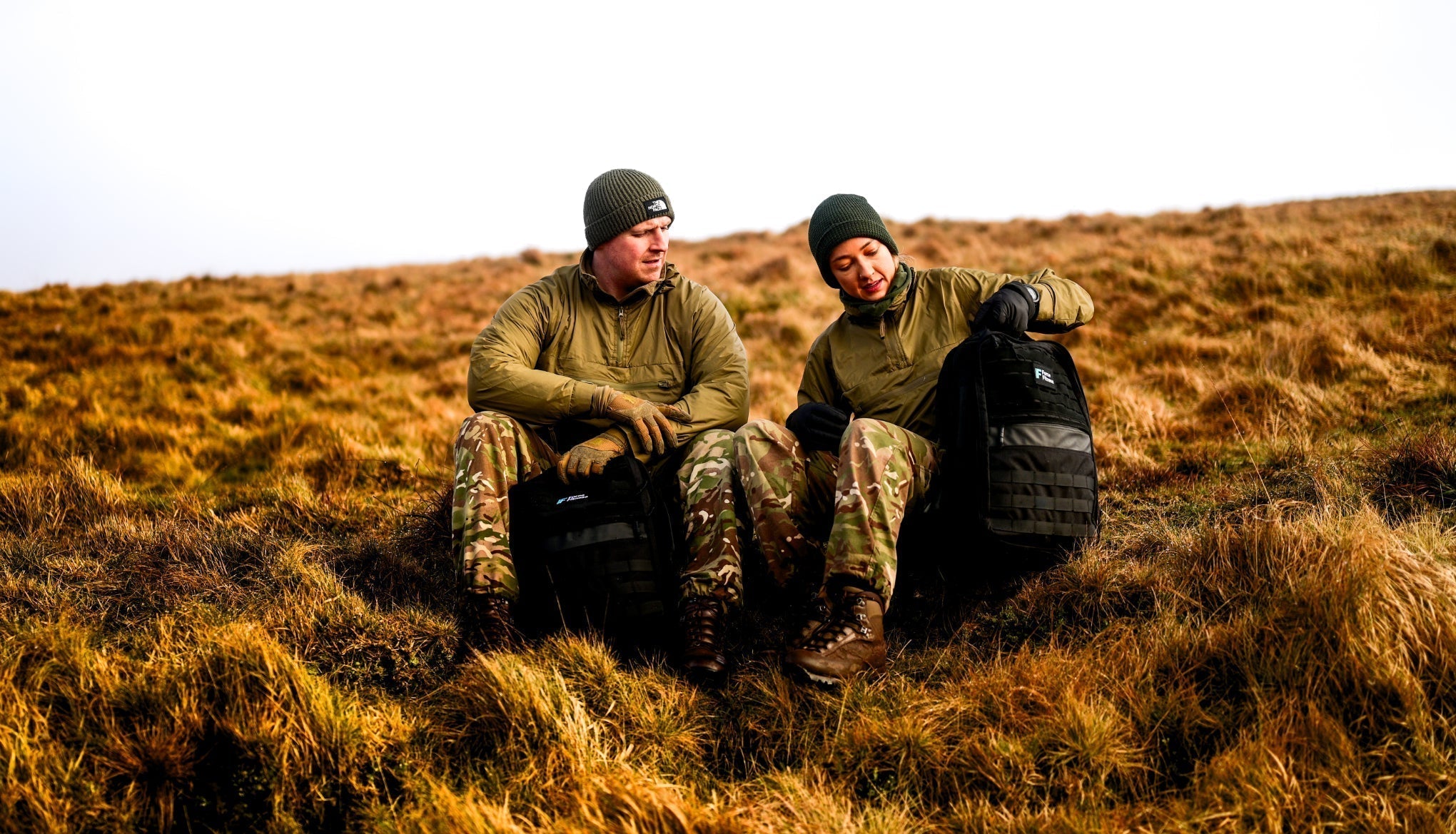
SAS vs Civilian Training Exercises
The SAS: Britain’s Most Feared & Respected Military Unit
The Special Air Service (SAS) is not just the toughest military force in the UK—it is one of the most elite special forces units in the world. Established in 1941 during World War II, the SAS was created to conduct highly specialised, unconventional warfare, including deep reconnaissance, sabotage, counterterrorism, and hostage rescue missions. Over the decades, their reputation for extreme discipline, stealth, and physical endurance has made them the gold standard for special forces training worldwide.
Why the SAS is Revered Globally
The SAS has been so effective in combat and strategic operations that military units across the world—including the U.S. Navy SEALs, Delta Force, and Russian Spetsnaz—have studied and adapted elements of their training and tactics.
- Inspiration for the U.S. Delta Force: When Colonel Charlie Beckwith, a U.S. Army officer, served alongside the SAS in the 1960s, he was so impressed by their abilities that he founded Delta Force, modelling it directly on the SAS structure and training regimen.
- Global Counterterrorism Expertise: The SAS became internationally famous after their textbook Iranian Embassy Siege operation in 1980, where they stormed the building, eliminated terrorists, and rescued hostages live on television. This event set the gold standard for modern counterterrorism tactics.
- Mastery of Extreme Conditions: The SAS trains for operations in deserts, jungles, Arctic terrain, and urban warfare, making them one of the most versatile special forces in the world.
Their training is not just about brute strength—it’s about survival, mental resilience, and the ability to push beyond human limits. But what does it take to become SAS-worthy?
SAS Selection: The Ultimate Test of Physical & Mental Strength
Only about 10% of candidates pass SAS selection, making it one of the hardest endurance challenges on the planet. The training involves long-distance marches, extreme stress tests, and sleep deprivation. Here are some key elements:
- The Fan Dance – A 24km march across the Brecon Beacons carrying 25kg+ of weight, designed to weed out weaker candidates.
- Endurance Phase – A 40-mile navigation march over brutal terrain, often on limited food and sleep.
- Escape & Evasion – Candidates must survive in the wild while being hunted by a specialist enemy unit.
- Jungle Warfare & Combat Training – Operatives spend months in the jungle, learning to survive with nothing but a knife and limited rations.
This training creates warriors who can withstand unimaginable physical and psychological stress. But how does this compare to the average civilian workout?
Civilian vs. SAS Training: Equivalent Workouts & Calorie Burn
While most people don’t have access to the rugged mountains and extreme conditions of SAS training, they can still replicate elements of it. Below is a comparison of SAS workouts vs. civilian alternatives, along with estimated calories burned per hour (based on a 75kg individual).
|
SAS Exercise |
Civilian Equivalent |
Calories Burned |
|
Loaded March (The Fan Dance) – 24km with 25kg pack |
Weighted Hiking (15kg backpack, 10-15km) |
800-1000 kcal/hr |
|
Full-gear combat training |
CrossFit session (burpees, squats, kettlebell swings, tire flips) |
700-900 kcal/hr |
|
Brecon Beacons hill sprints |
Incline treadmill sprints (15% gradient) |
600-800 kcal/hr |
|
Jungle survival training |
Obstacle course training (Ninja Warrior-style or military OCR) |
500-700 kcal/hr |
|
Close-quarters combat drills |
Boxing/MMA training |
600-800 kcal/hr |
While civilians can get incredibly fit, the combination of endurance, weight-bearing, and mental exhaustion makes SAS training far more intense than even the hardest gym session.
Rucking: The Civilian Equivalent to SAS Loaded Marches
One of the most effective ways for civilians to train like the SAS without enlisting is by incorporating rucking into their fitness routine. Rucking is the practice of walking or hiking with a weighted backpack, which builds strength, endurance, and mental toughness—all key components of special forces fitness.
Why Rucking is a Great Alternative to SAS Training
SAS selection involves gruelling long-distance loaded marches, such as the infamous Fan Dance—a 24km trek through the Brecon Beacons carrying 25kg of weight. While most civilians aren’t navigating enemy territory under extreme pressure, rucking provides many of the same benefits without the life-or-death stakes.
|
SAS Loaded March |
Civilian Rucking Alternative |
|
24km mountain march with 25kg pack |
10-20km ruck with 10-20kg backpack |
|
Unpredictable, rugged terrain |
Trail hiking, park paths, or treadmill incline walks |
|
Requires navigation skills |
Use of GPS or maps for route planning |
|
Extreme endurance challenge |
Builds cardio, leg strength, and mental resilience |
How Many Calories Do You Burn Rucking?
Rucking burns significantly more calories than regular walking due to the added weight:
- Regular walking (5km/h, no weight): ~200-250 kcal/hr
- Rucking (10kg pack, 5km/h): ~400-500 kcal/hr
- Rucking (20kg+ pack, 5km/h, hills): 700-900 kcal/hr
This means that a long-distance ruck with a 20kg pack can burn as many calories as a hardcore gym session, while also developing real-world endurance and strength.
How to Start Rucking Like an Elite Soldier
- Start Light – Begin with 5-10kg and increase weight over time.
- Build Distance Gradually – Start with 5km and work up to 15-20km hikes.
- Vary Terrain – Try hilly trails, sand, or stair climbs to mimic SAS conditions.
- Increase Speed – March at 4-6 km/h to push endurance.
- Use a Proper Rucksack – Military-style backpacks with padded straps reduce strain and help distribute weight properly.
How Do You Compare?
Even the fittest civilians would struggle to pass an SAS selection course, but elements of their training—such as ruck marches, endurance running, and high-intensity combat fitness—can be incorporated into a regular fitness routine.
If you want to train like an elite soldier, start by increasing your endurance, carrying weighted packs, and testing your mental resilience. While most people will never need to escape behind enemy lines, training like the SAS will push your fitness to new extremes.

